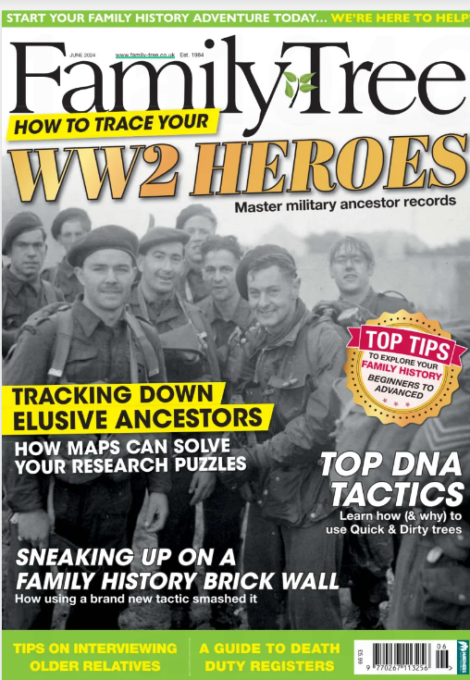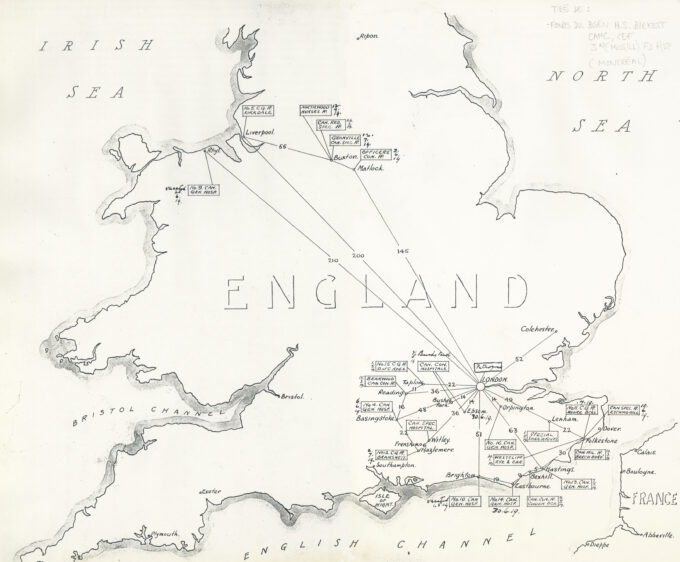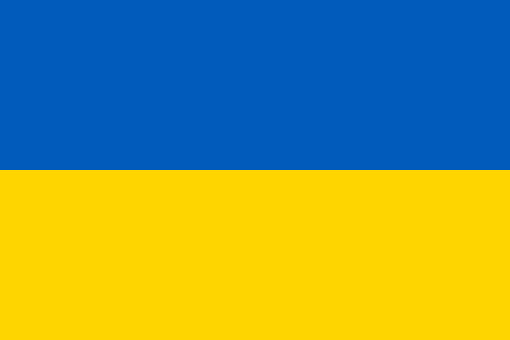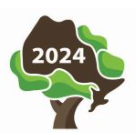 With the 80th anniversary the Normandy Landings in June, the cover photo and the article by military family historian Simon Fowler “Tracing ancestors in the British armed forces in WWII” are timely.
With the 80th anniversary the Normandy Landings in June, the cover photo and the article by military family historian Simon Fowler “Tracing ancestors in the British armed forces in WWII” are timely.
The situation for individual military service files is in flux as they are gradually being transferred to TNA. Online find war diaries for troops who landed on 6 June 1944 at Ancestry and operation record books for RAF squadrons via TNA’s website. TNA has a good WW2 guide. For records for those who died start with the CWGC.
Also featured on the front cover are:
Marriages and Maps: Tracking Down Elusive Ancestors
Wayne Shepheard explains how combining parish records and 19th-century maps proved key to establishing the identities of two of his most elusive family members.
.
Sneaking Up on a Brick Wall
Persistence, a new research approach, and a smattering of well-earned genealogical good luck saw family historian Peter
Day smashing down a brick wall that he’d been faced with for the past 15 years. He shares how he succeeded in the end…
DNA Workshop: Quick and Dirty Trees
DNA guru Karen Evans shows how to collect family history information quickly and the advantages of doing so.
The issue became available on 10 May; access free online in Canada through your public library.


 The CEF
The CEF I thought I’d never heard of
I thought I’d never heard of 
 This Saturday, 11 May 2024
This Saturday, 11 May 2024 Checking the most popular presentations on
Checking the most popular presentations on 